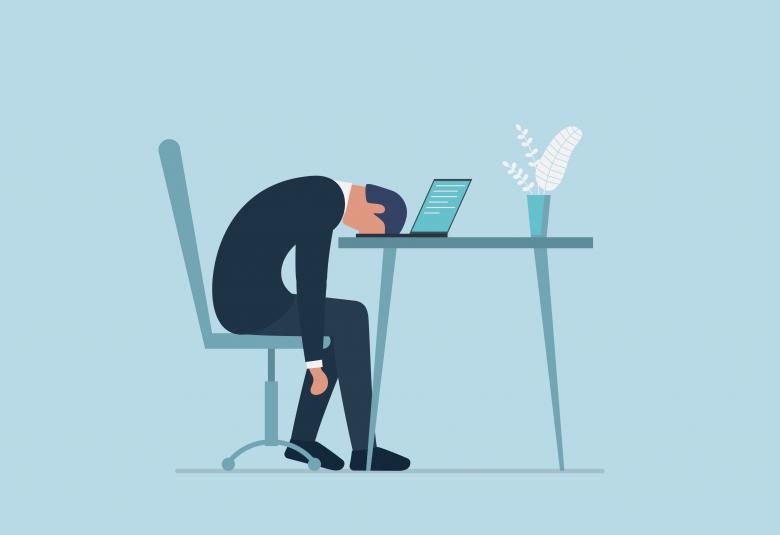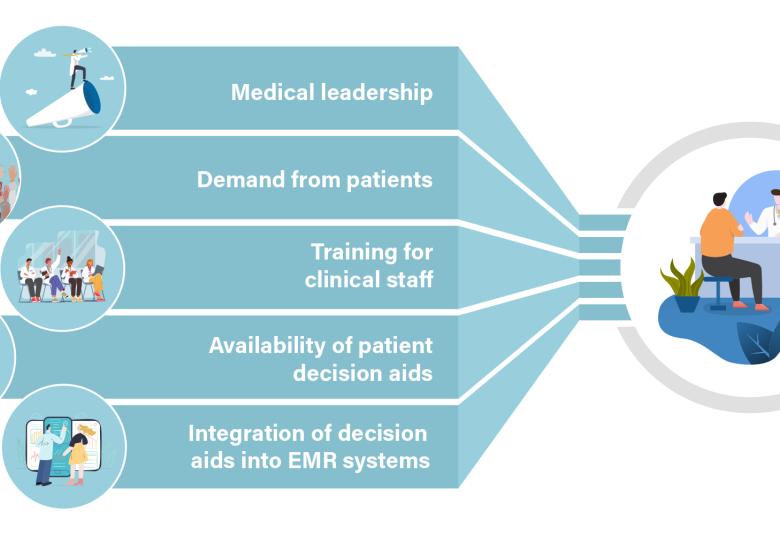Many people living with migraine are caught in a vicious cycle of increasing migraine days and severity despite taking more acute medications1, ultimately worsening their condition2. Breaking this cycle requires alternative approaches that focus on efficacious, fast and sustained prevention3 rather than relying solely on acute interventions, enabling people to take control of their migraines and plan for what matters most.
An underdiagnosed disease
More than 1.1 billion people worldwide live with migraine.4
More than 1.1 billion people are currently living with migraine around the world4 – a disabling disease with unpredictable attacks of pain and other symptoms that can have a devastating impact on a person’s wellbeing, preventing them from living life to the full.4
Despite its prevalence and associated burden, migraine is often overlooked and its impact underestimated by HCPs, society and the very people living with it, leading to underdiagnosis and undertreatment.4




